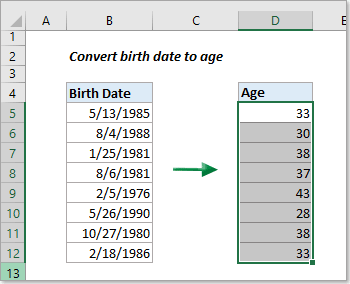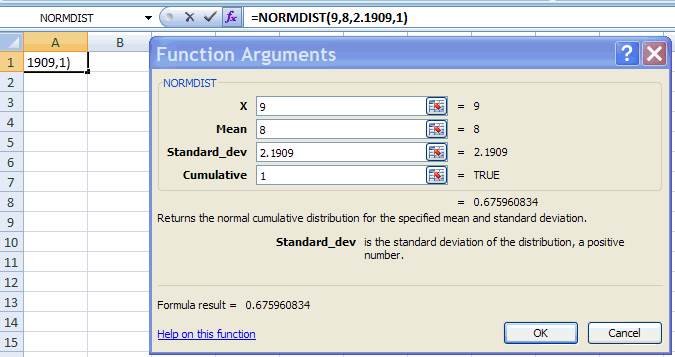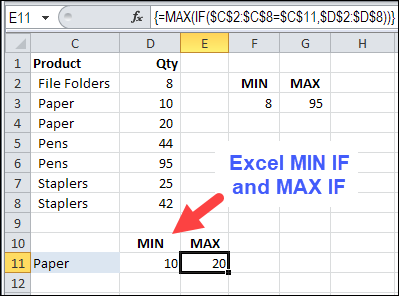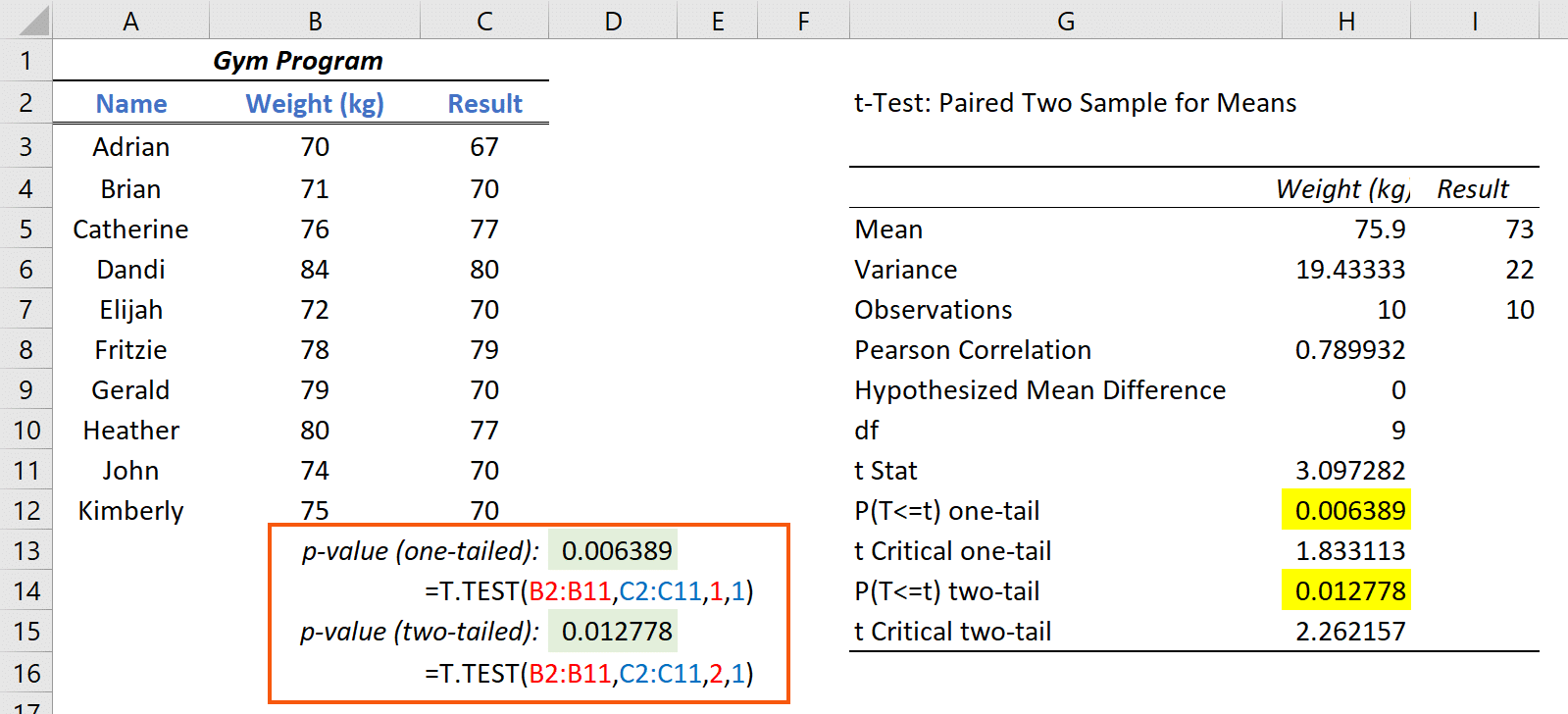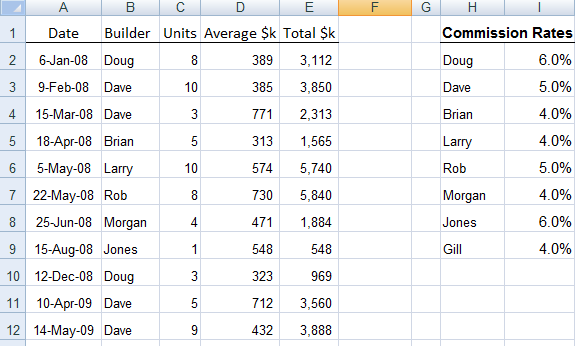How To Find P Value In Excel 2007
Here if we take xt test statistics degfreedom n tail 1 or 2.
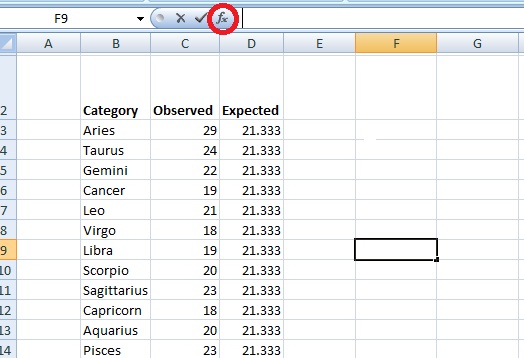
How to find p value in excel 2007. Copy and paste the following formula into the cell. Similarly you can find the p values for by this method when values of x n and tails are provided. Array1 the cell range of the first data set. Here as we can see the results if we can see in percentages its 272.
Tdist pearsoncellsqrt n 2sqrt 1 pearsoncellpearsoncell n 2. P value from chi square score. Tails represents the number of distribution tails. Click a different cell that you want to use to calculate the p value that is associated with your correlation.
Select the array 1 as before the diet column. In another empty cell type tdist t statistic degrees of freedom number of tails to perform the relevant significance test in excel. This is a set of very simple calculators that generate p values from various test scores ie t test chi square etc. First well look into the t test function.
Excel calculates the pearson correlation coefficient for your data range and displays it in the cell. P value from pearson r score. Well examine five college students that went on a 30 day diet. Now you can use this along with the tdist function to find the p value.
If you require the full statistical test calculators then you should go here. Tdist xdegfreedomtails where the arguments are. Degfreedom n 1 degrees of freedom tails 1 for a one tail test or 2 for a two tail test. P value from f ratio score.
P value from z score. Finding the p value in excel you can find the p value of a data set in ms excel via the t test function or using the data analysis tool. 1 one tailed and 2 two tailed. Youd type c2 sqrt 20 2sqrt 1 c22 into a blank cell to find the t statistic.
The second argument will be after diet column ie. Four rows of values broken down into p value arguments. P value from t score. For our formula tdist x degfreedom tails.
In excel we have a built in function called ttest which can give us the p value result instantly. Its also possible to get the p value using this function. Its syntax is simple.


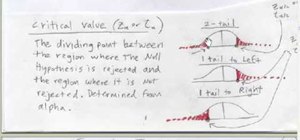





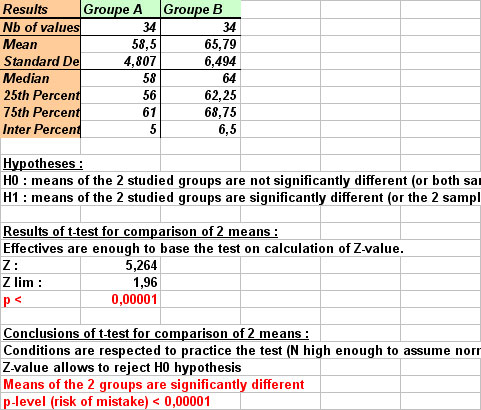

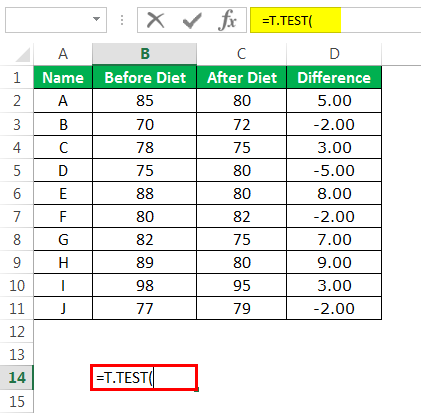



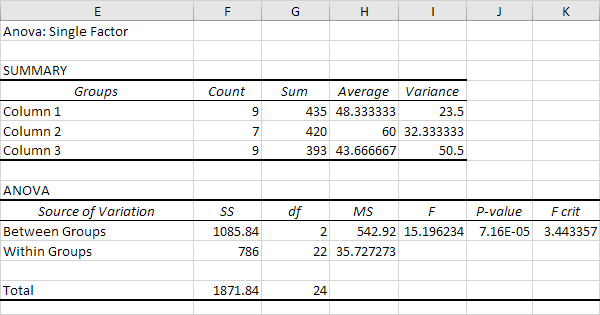
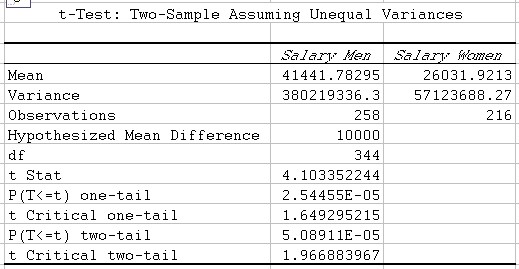
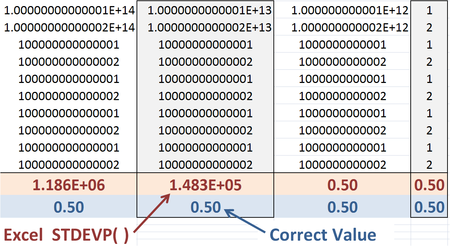
/Excel-Variance-be33639762bf4b61b9bd6b321bb8277d.jpg)
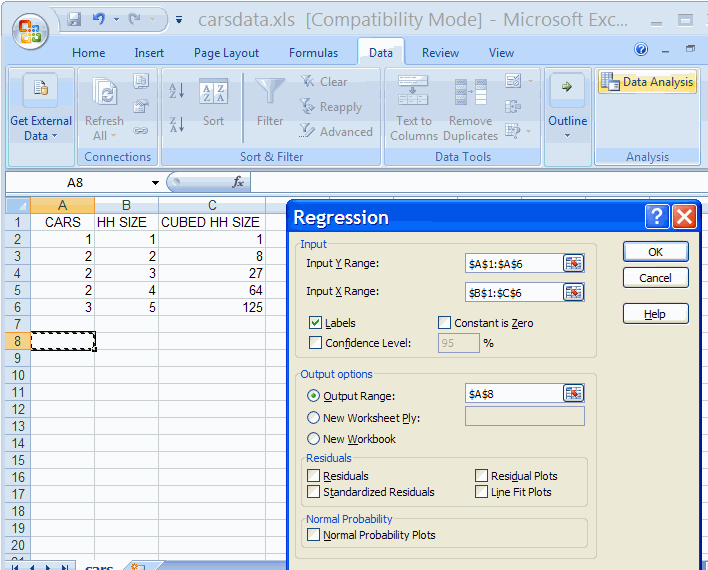


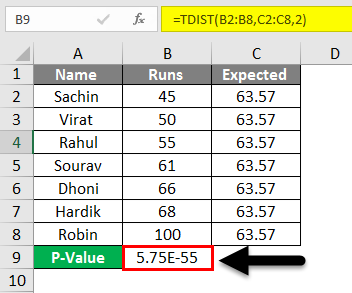
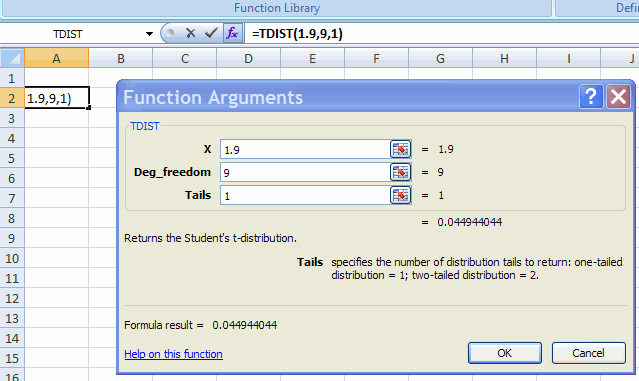





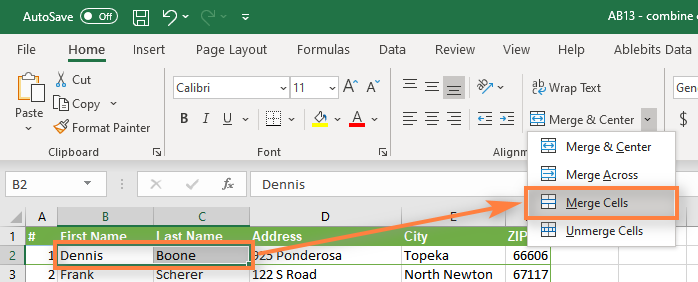



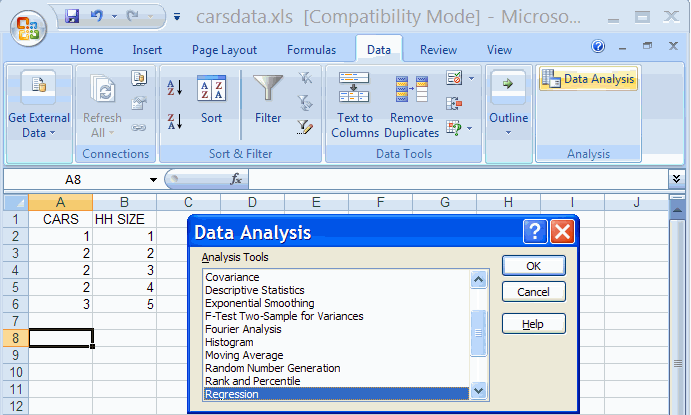








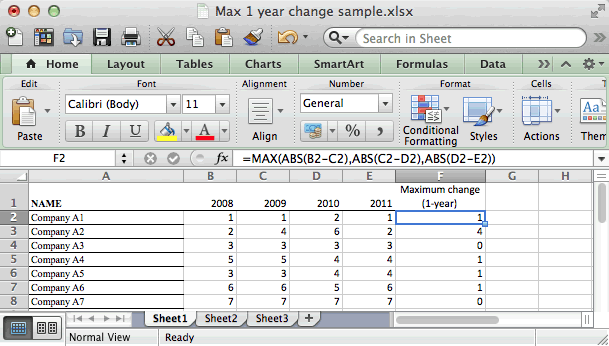


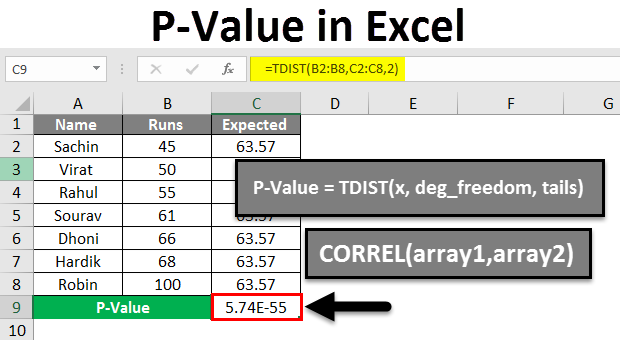

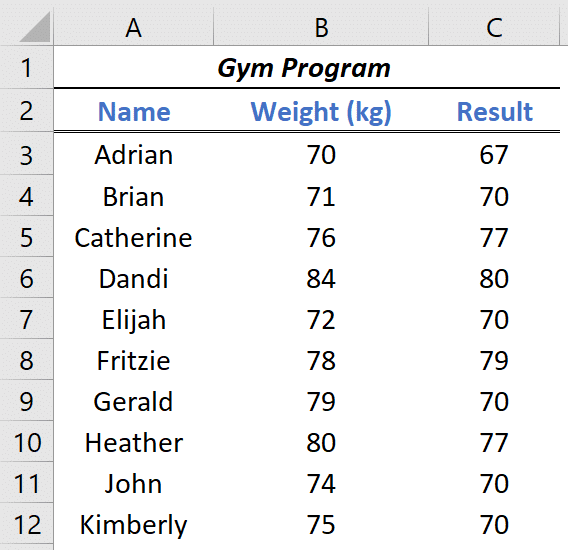
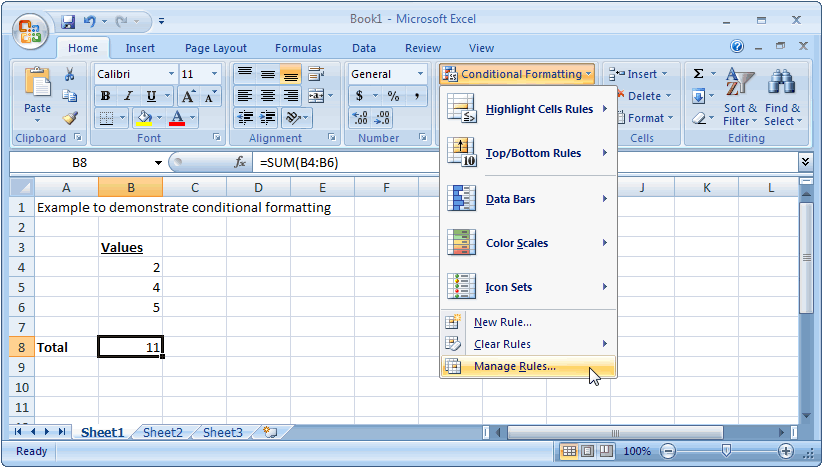






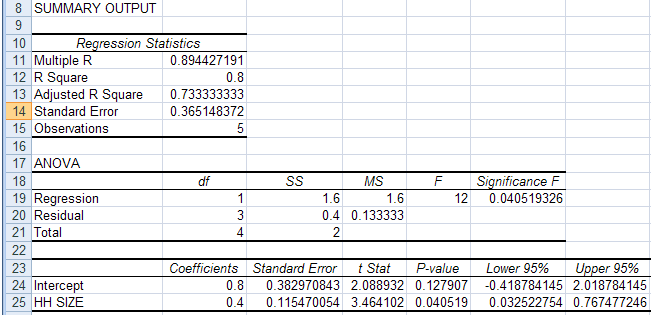


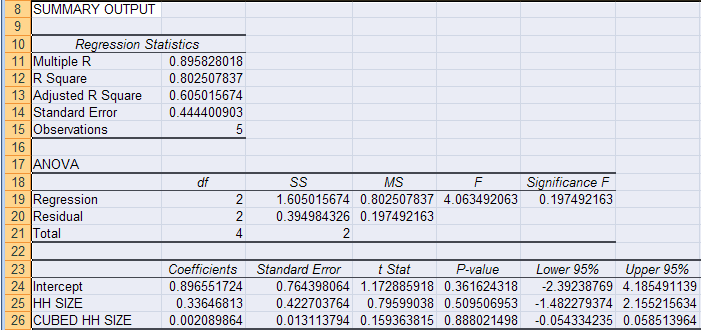
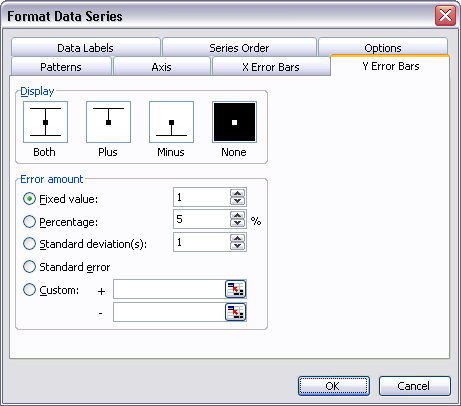


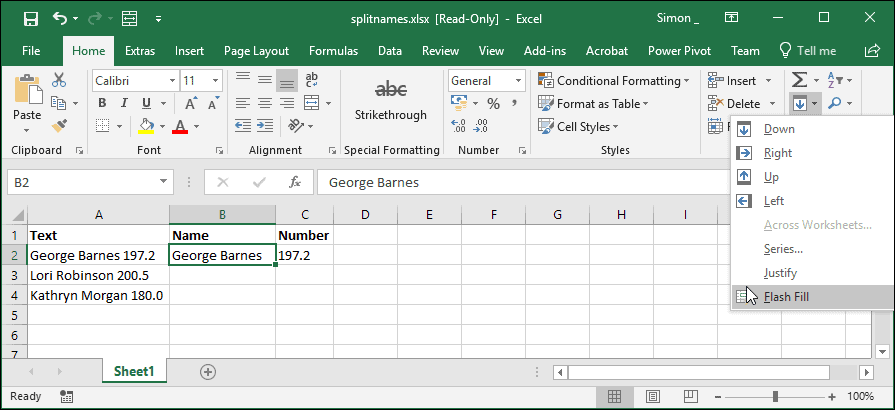



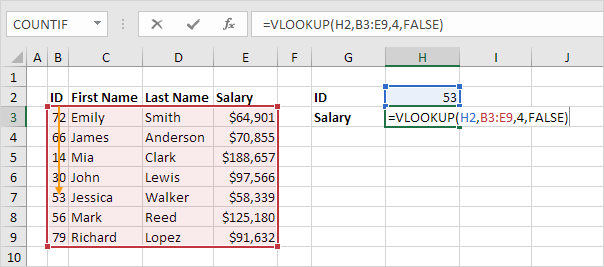

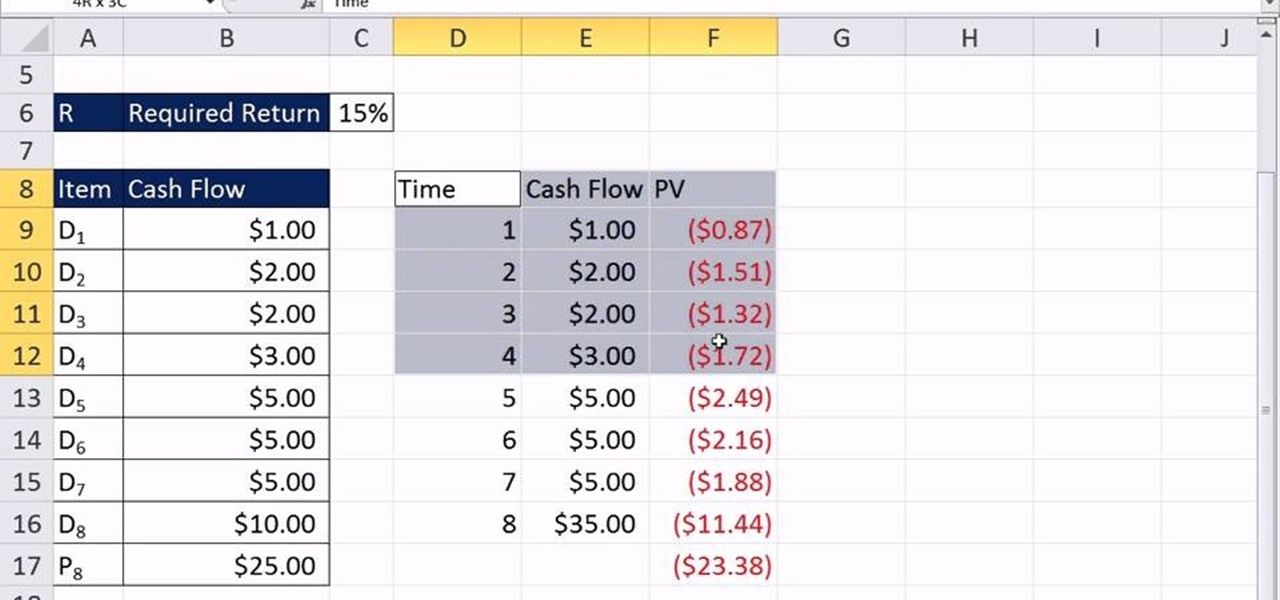
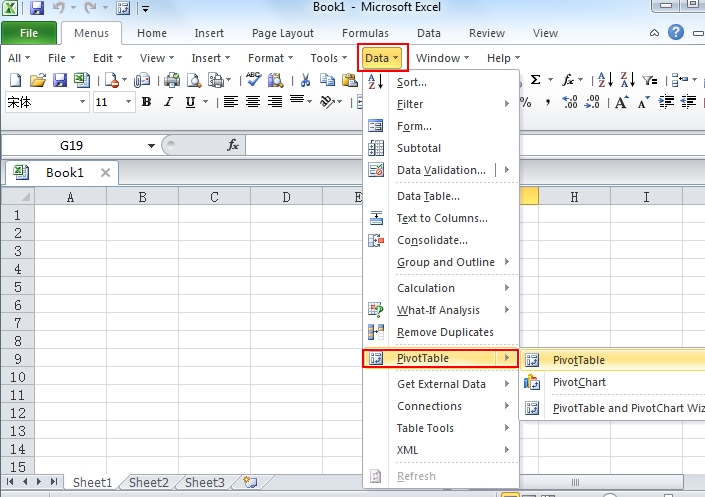

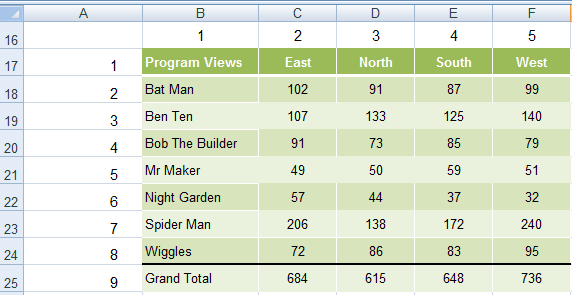
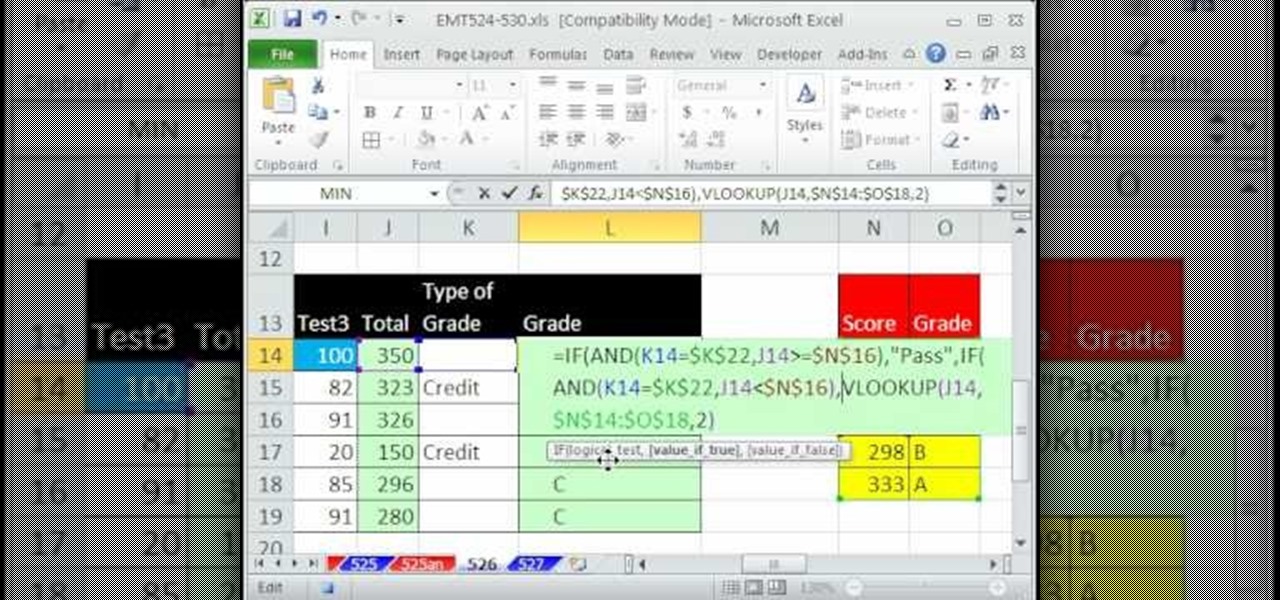


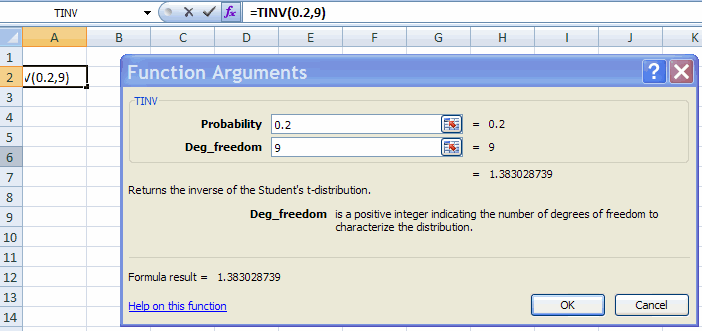
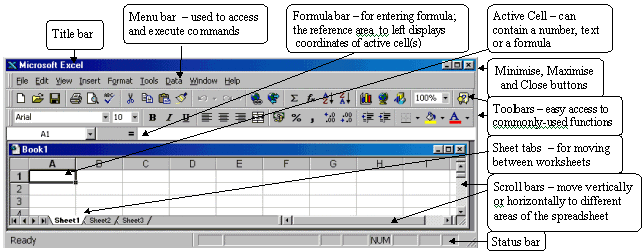
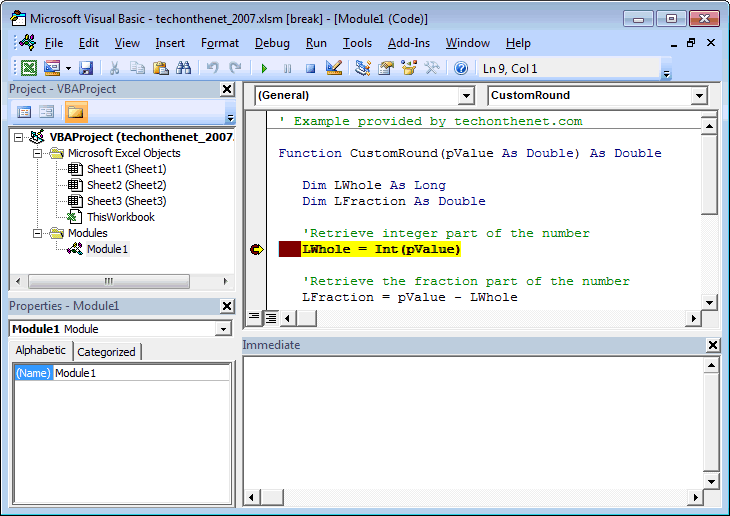
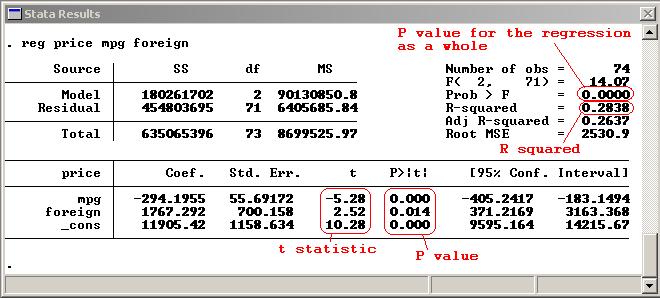

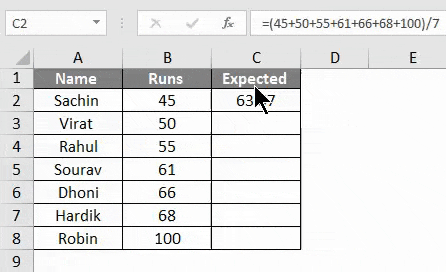
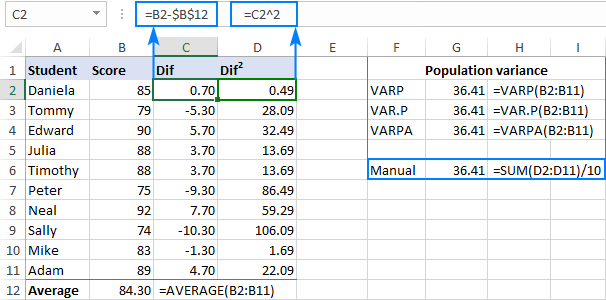

/chisquare-5b424c90c9e77c00378ad337.jpg)



